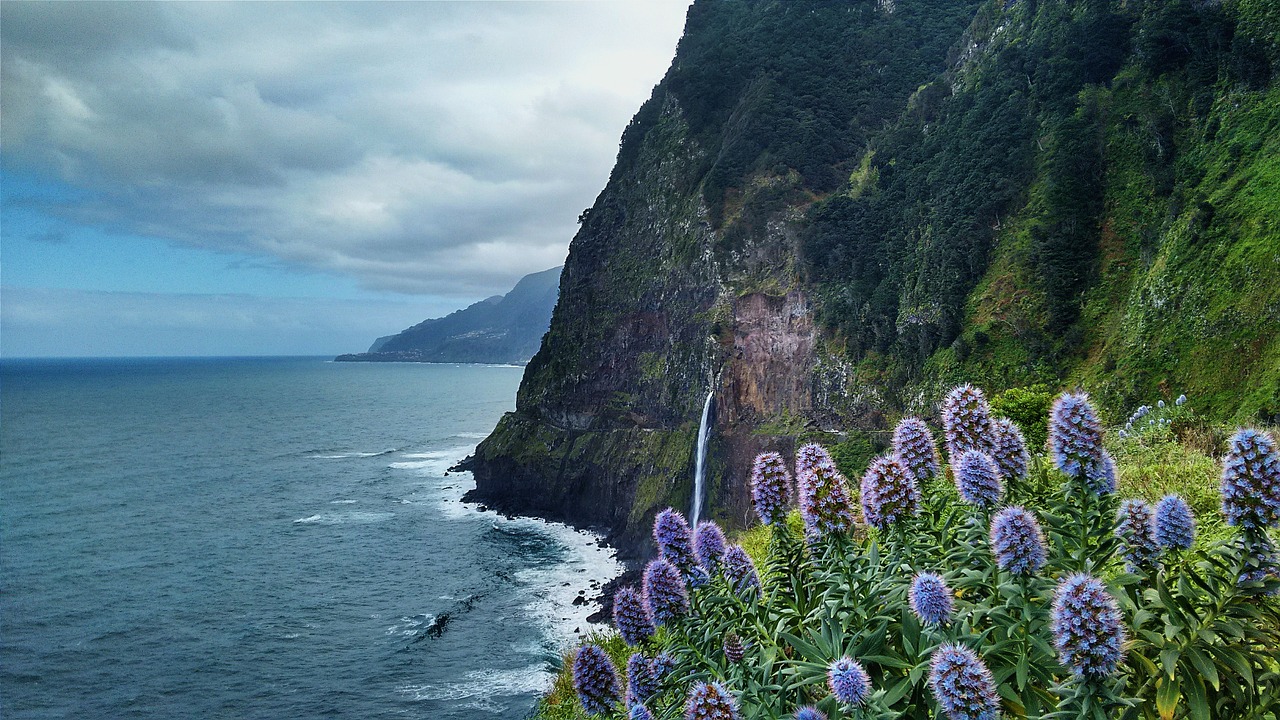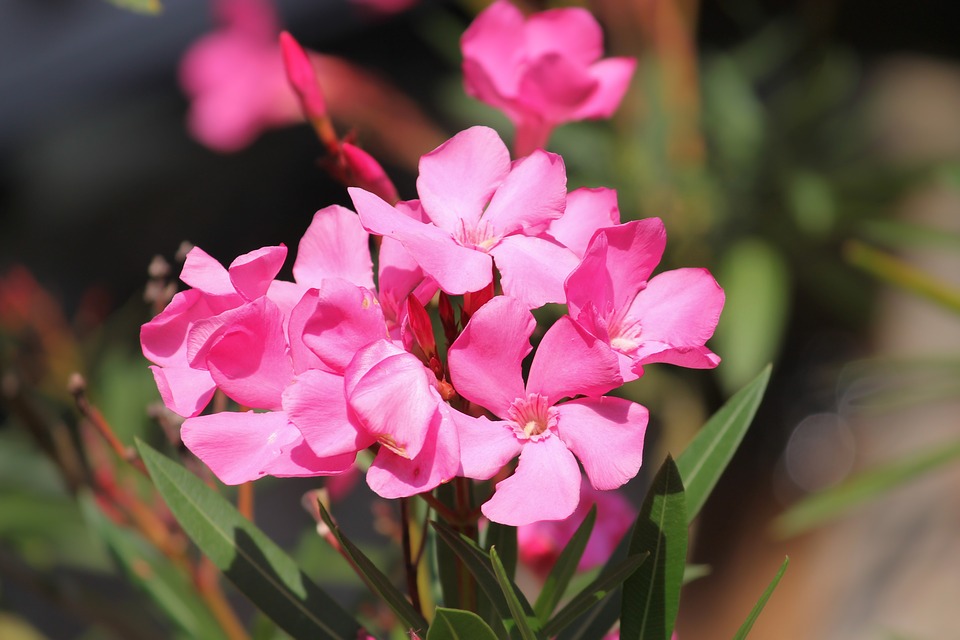This post is a continuation of part 1 from the post on 9 Coastal Plants to Grow in Suffolk County. If you have liked the first part of the topic, this second part describes further varieties of plants that you can grow on the coasts of Suffolk County.
So, let’s begin, or rather let’s continue!
1. The Albizia

Albizia is an easy-to-maintain shrub that consumes little water. Unfortunately its growth is slow, so you will have to be patient to enjoy its pleasant shade.
Its cut foliage and colorful pompom-shaped flowers that bloom in the summer give it a lot of charm.
2. Eucalyptus
Eucalyptus is very well known as an aromatic plant and can be used in phytotherapy. It has a fragrant evergreen foliage which is also used for afforestation in forests that have been decimated by fire because it resists well and grows very fast.
Good to know: you have to be careful because eucalyptus is more or less resistant to the cold. You should therefore choose the variety best suited to your region.
3. The tamarisk

The tamarisk is considered both a shrub and a tree. Often found along the coast, it adopts different shapes depending on the variety. In late spring and summer, its blooming will brighten up your garden with its pastel colors.
This hardy shrub is fast growing and easy to care for. In addition, it likes sandy and stony soils that are well drained and dry. Coastal soil is therefore perfectly suited.
Seaside shrubs
4. The buddleia

The buddleia is better known as the “butterfly tree”, it has the ability to grow everywhere with disconcerting ease. It grows quite rapidly and can be invasive. It is very hardy and grows in many areas, including along the coastal areas.
Its long flowering time attracts a large number of insects because its colorful inflorescences (groups of flowers) are melliferous (they provide a much appreciated nectar).
5. The oleander
This shrub is perfectly adapted to the coast as it likes sandy soils. Its tough and evergreen foliage is also an important asset for the coastal climate.
The color of its flowers differs depending on the variety and its flowering lasts all summer and a small part of autumn. Its bushy form is very popular in warm regions.
6. The yucca

Yucca is a succulent shrub from warm countries, however it is possible to grow it in our climate. On the other hand, it can be more or less resistant depending on the variety. It can grow along Suffolk County coasts as it tolerates sandy soil very well since it originated from desert regions.
Its floral spikes are magnificent and impressive, they can reach 2 m high! The shrub itself can be more than 4 m wide and 10 m high, making it a natural barrier against strong winds.
Are there any other plants to choose for a sandy garden?
In part 1 and part 2 of this blog post, we have looked at fifteen of the most popular plants to grow by the sea. But, remember that the climate differs from place to place and that not all plants grow along the entire coastline. With this in mind, you will be able to make an elegant garden adapted to your place of living with tips on coastal gardens and on which plants to favor in a sandy garden.
Here are a few tips to help you learn more about the characteristics of sandy soils, how to arrange and maintain a sandy garden.
Characteristics of a sandy soil

Sandy soil is very easy to identify: when you pick up a handful of it, there is no cohesion between the soil components, just like when you pick up a handful of sand.
How to arrange a sandy garden
To find inspiration in the design of your garden (something that will go alongside your marine construction), you can talk to Tide Water Dock Building. They are the leading company dedicated to beautiful coastal plantings in Suffolk County.
How to maintain a sandy garden
For an even more precise selection and maintenance of the plants best suited to your climate you can also get expert advice and services from them.
For instance, sandy soil is seldom very deep, but vegetation can still settle in by drawing the necessary nutrients and water. It is therefore advisable to give preference to plants with deep roots. It is fairly easy to improve the quality of sandy soil: an input of organic matter where you want to plant certain slightly difficult plants is often more than enough.
Sea air is often the main problem as the wind is a real hindrance to good plant growth. The closer your garden is to the sea, the more the consequences on your plants will be felt:
- at less than 100 meters, burns will appear on your plants;
- at less than 500 meters, there is a risk of necrosis if your plants are not protected.
You will therefore need to protect your plants, using a plant screen or a folding screen.
Good to know: most sandy soils are slightly acidic, which makes it possible to plant so-called heather soil plants. You can also add compost until your plants grow stronger.
Hope this post helps you out in deciding which plant you should grow in your garden. Remember to leave your comments below and share your experience with our readers.







